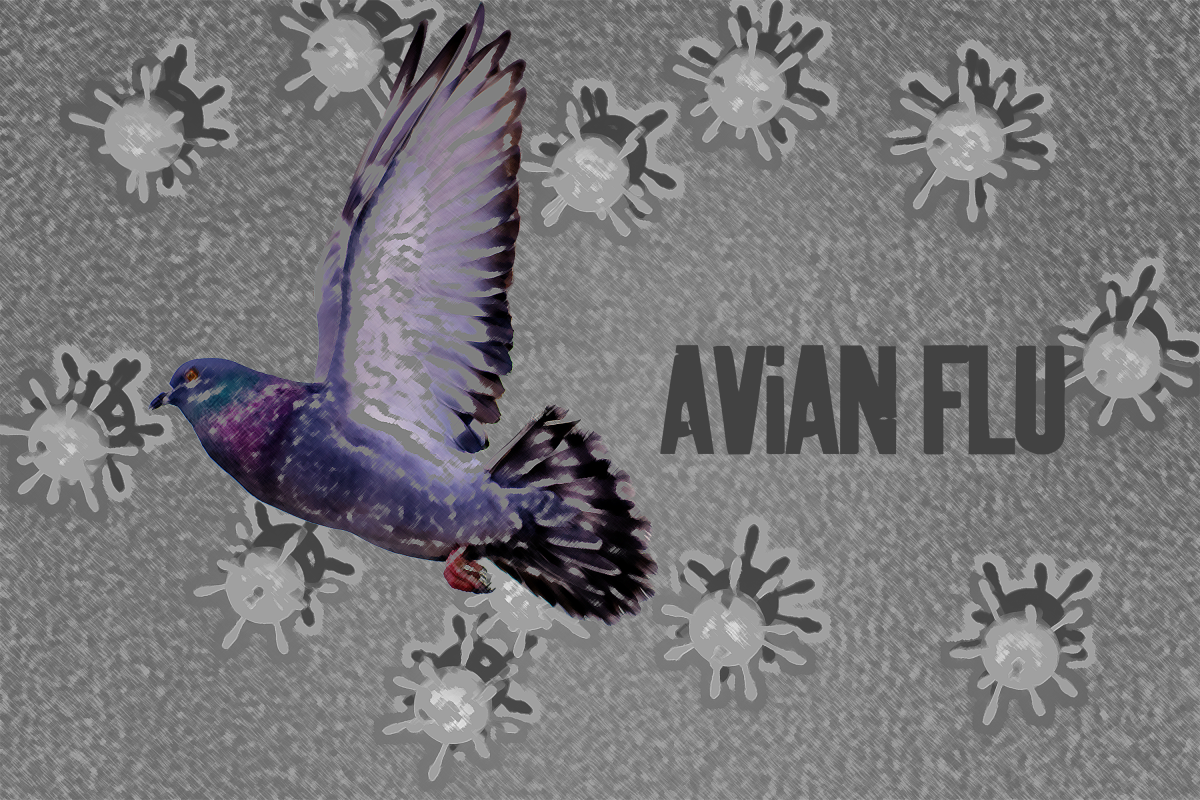A year and a half after the announcement of the concept, the first Hyperloop pods made their way across a one-mile test track and took one step closer to becoming a reality.
Hyperloop, a high-speed transportation system that would carry both passengers and cargo through a vacuum tube while traveling at more than 700 miles per hour, is the brainchild of billionaire inventor Elon Musk. In the summer of 2015 Musk, engineer and investor, announced the SpaceX Hyperloop Pod Competition, calling for teams from all over the world to answer the challenge of creating the next wave of transportation.
From more than 1,400 entries in the beginning, the TAMU Aerospace team was one of the 27 teams that met this weekend in Hawthorne, CA to send their pod on the test track. While their pod didn’t make the cut for the test track, they still got to be part of the events the weekend.
“One of the big issues with our pod was that our brakes were by default on,” said team member Adelin Destain. “They want to make sure in the case of an electrical failure on the main power system, our brakes would remain deactivate. We had with the design of the pod as we shipped over there did not include a redundant system to prevent that.”
Team member Mauricio Coen said they knew about the most of the requirements before heading into the weekend and had spoken with SpaceX to ensure their pod would meet the requirements.
“Based on our previous responses, we thought our systems were checked out because of the various parameters that we had built to our power systems, but once we were there …,” Coen said. “They changed their parameters to meet the requirements, that’s why we had to scramble last minute.”
The TAMU Aerospace team arrived in California Tuesday to prepare their pod for the weekend ahead.
“It was just a big, big parking lot and each team had its own space,” said team member Dean Ellis said. “You had your own trailer, some teams had little machine shops built in there and it was just prepping for [Sunday’s] competition for finishing up the pod, replacing parts, final adjustments. That’s basically what we did every single day until Sunday morning.”
While still in College Station, the team’s focus was on testing the parts of the pod, specifically the air bearings to prove the efficiency of the air systems, Ellis said.
“At that point, it was a lot of testing,” Ellis said. “We focused our attention definitely on the air bearings. We tested hundreds of times. We tested different scenarios, we tested different configurations and eventually we tested the full pod that we were going to use [Sunday].”
Ellis said the team was only able to test for static levitation, not speed while in College Station.
“It would [have been] nice, but we don’t have the capabilities there at A&M, we would have to built a little track for us to push it,” Ellis said.
Coen said it was a shame the team wasn’t able to showcase the air levitation technology on the tube itself.
“Our design and our technology is extremely simple and never made before, this is brand new technology that works extremely well based on our static testing at A&M,” Coen said. “We’re going to try again, [we have] special permission from SpaceX to try on the outside track, hopefully, we’ll get good data.”
The WARR Hyperloop team from the Technical University of Munich took top speed honors at the competition and while the TAMU Aerospace team did not receive any awards, they were recognized with Honorable Mention for their custom air levitation system.
Team member Farid Saemi said his favorite part of the competition was being in Los Angeles with the other teams.
“Talking to them learning about what they did and learning about their systems, and then also SpaceX engineers, Tesla engineers, I mean, as an aerospace major, L.A. is to aerospace what Houston is to oil and gas,” Saemi said. “Just being here, in that community, was really cool.”
The next steps for the TAMU Aerospace Hyperloop team will be improving the current pod to take to the next phase of competition that will be held this summer. Ellis said this task will most likely be taken on by an entirely new team as the project’s time commitment is so long.
A&M Hyperloop team wins honorable mention in California
January 30, 2017
Photo by Courtesy
Members of the TAMU Aerospace team work on last-minute adjustments to their Hyperloop pod prototypes.
0
Donate to The Battalion
$1365
$5000
Contributed
Our Goal
Your donation will support the student journalists of Texas A&M University - College Station. Your contribution will allow us to purchase equipment and cover our annual website hosting costs, in addition to paying freelance staffers for their work, travel costs for coverage and more!
More to Discover










